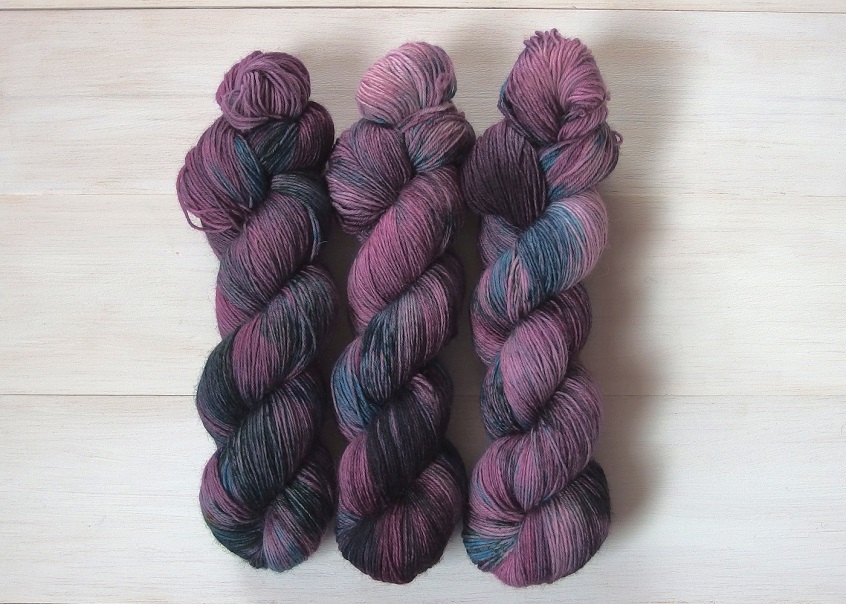
Sit and Knit: How to Choose Sock Yarn
Money can’t buy happiness, but it can buy yarn which is kind of the same thing for some people. Knitting is not just a hobby: it’s a life skill. This highly productive and calming activity adds to your happiness in so many ways. When you knit regularly, you force your brain and your hands to work together, maintaining your fine motor skills. It can also improve and maintain dexterity and strength in your hands, which can be great for those who want to improve their grip.
Choosing the right sock knitting yarn can affect the drape, stitch definition and general feel of the yarn. Sock yarns come in a plethora of colours and fibres, used for multiple purposes. 4 ply knitting yarn is one of the most commonly used yarns among knitters, and not only for socks but also for hats, mitts, shawls, baby blankets and other lightweight garments.
If you are curious to find out what difference sock yarn weight can make to your knitting projects, keep on reading.
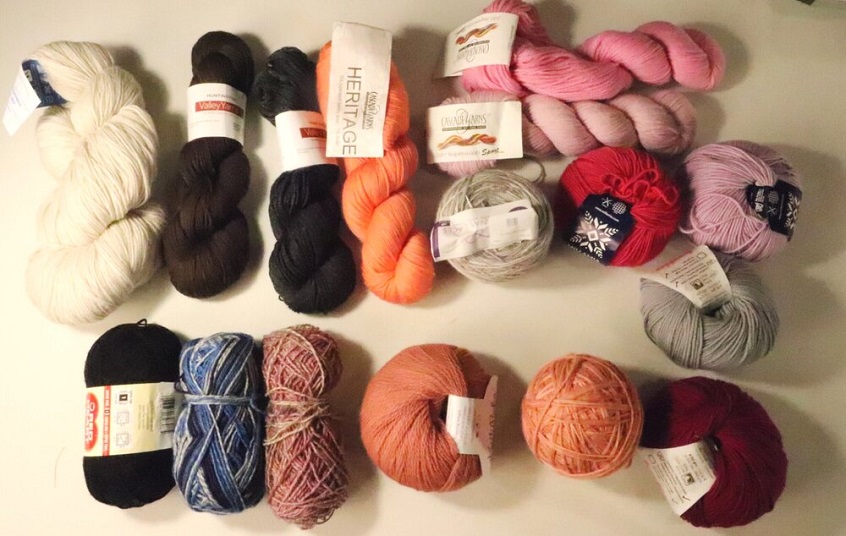
Source: picturehealer.com
Contents
What Is 4 Ply Yarn Used for?
Once anyone gets past the first hurdle of casting on and creating a knitted square, the very next thing they get curious about is knitting yarn weight or thickness. A lot of beginners seem to be confused when they come across terms such as “ply” or “weight”. When it comes to weight, yarns are divided into more categories. The lightest yarn is defined as lace, followed by superfine, fine and light yarn. The medium-weighted yarns are also known as worsted, while bulky and super bulky weight the most and are used for chunky projects.
The term “ply” refers to the thickness of your yarn strand. It’s described as the number of strands that are plied or twisted together during spinning to create a single strand of yarn. A 2 ply yarn has two strands, a 3 ply has three- and so on. 4 ply knitting yarn is an all-purpose sock yarn weight that can cast on and off loosely and is a leader in the sock world. Also known as fingering yarns, 4 ply knitting yarns are fine and soft, reaching the highest standards of knitting and crocheting. You can easily work with this yarn to create small, neat stitches, providing the level of intricacy needed to achieve impressive colour patterns. Whether you use it to knit regular socks, yoga socks, or hand warmers, the final result also depends on the fibre type.
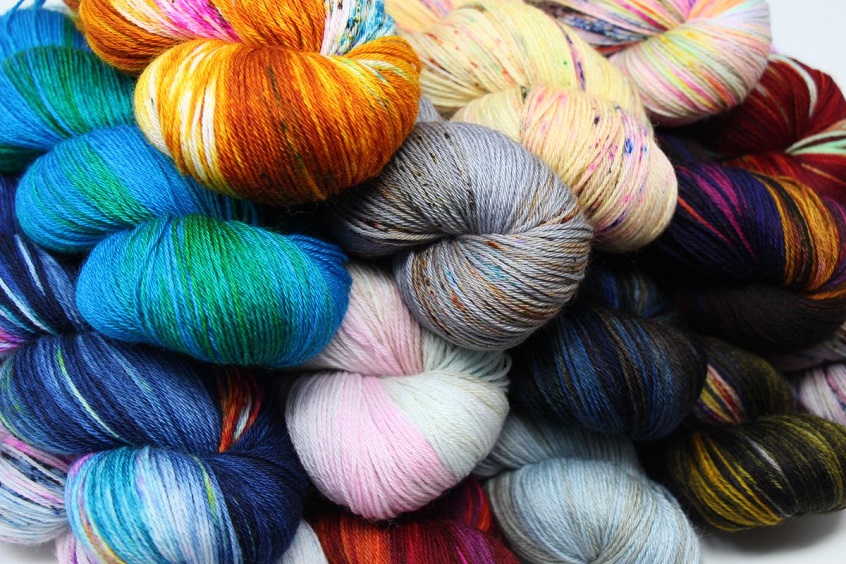
Source: fabulousyarn.com
Choose Fibres that Are Easy to Handle
Sock yarn can be made from natural fibres, synthetic fibre or fibre blends. Spun from the fleece of sheep and one of the most popular yarns, wool is pretty affordable and easy to handle. Yarns made of 100% merino wool offer numerous advantages. Merino wool is known to provide good insulation, wicks moisture and has anti-static properties. It’s great for knitting socks as it doesn’t itch, smell or crease much. It’s also lightweight and keeps its shape.
Alpaca wool might also be a good choice. It’s soft, silky, lighter and warmer than any other wool type. Durable and stain-resistant, it’s perfect for socks, mittens and other small garments.
Silk and cashmere are luxurious fibres, usually blended with other fibres to make the end product most affordable. The silky and smooth touch they add to each garment improves with wear. Synthetic fibres such as nylon or rayon also often blended with natural fibres to improve softness and are used as alternatives to silk.
Cotton is also a very common natural fibre. Because it is so smooth, it’s great for showing complicated stitchwork. Cotton is strong, durable and machine-washable. It is quite breathable and comfortable to wear. Cotton can easily be dyed in a dizzying array of colours, so no matter what your favourite colour is, you’re bound to find a shade that will match your project.
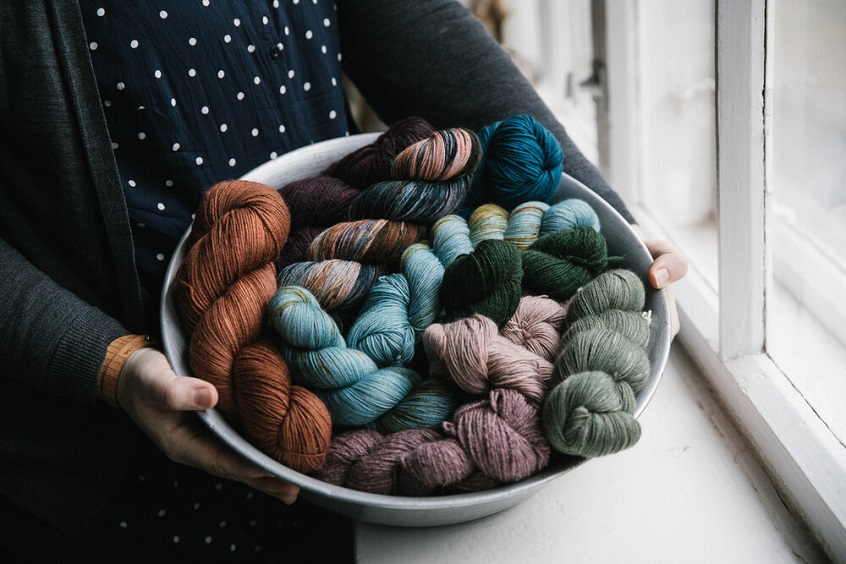
Source: lainemagazine.com
Pick The Right Colour
Choosing the colour of your socks is a personal decision. However, if you’re knitting socks with a delicate lace pattern or some other intricate stitch pattern, you need to pay attention to the colour of the yarn you are using. A lighter, less variegated colourway might often show off the design better than a more variegated yarn. Beige, soft pink and soft blue might be an ideal choice for this purpose. If you’re a beginner knitter, you might want to stick to variegated yarn, which can distract from the stitch and hide possible mistakes.
Fortunately, fingering yarns are available in all the colour on the rainbow and had-died in a plethora of colour patterns. For a colourwork design, make sure to choose colours that have enough contrast to make the pattern pop. Use darker colours such as dark blue, purple or dark brown for hiking socks, as they don’t stain easily.
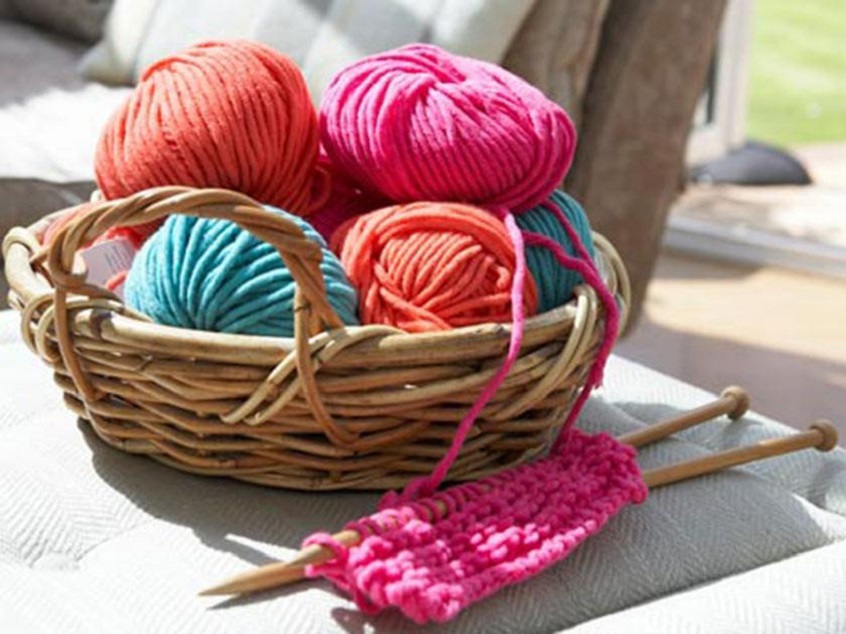
Source: theknittingnetwork.co.uk
Get the Perfect Needle to Master Those Stitches
Choosing the appropriate needle size is essential. Some people knit tightly, and they need a bigger needle to get the same size. Some people knit loosely, so their stitches are bigger, and they would need a smaller needle to get that stitch size. However, when you’re shopping for socks yarn online, you can find the needle recommendations in the description. Standard 4 ply knitting types of sock yarn are usually knitted on 3.25mm needles.

